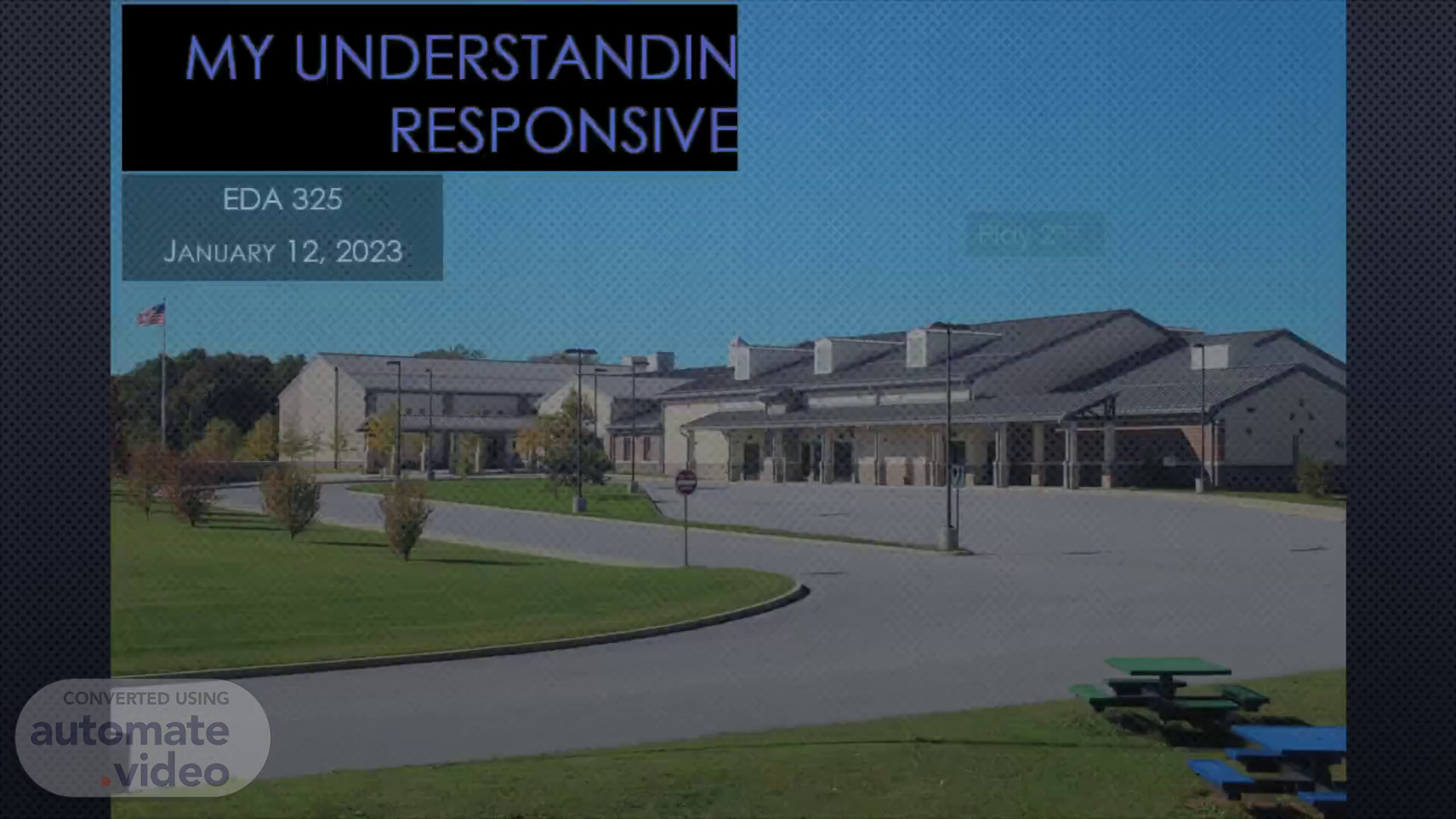
My understanding of Culturally Responsive Teaching
Scene 1 (0s)
Rainbow Elementary School – LEED Gold | Gilbert Architects.
Scene 2 (1m 29s)
Coatesville Area School District compared to Northwest area School district.
Scene 3 (2m 12s)
0 White Black Asian or Asian Pacific Islander Hispanic/Latino American Indian Native Hawaiian or other Pacific Islander Two or more races 0.41 0.30099999999999999 0.01 0.221 2E-3 1E-3 5.3999999999999999E-2.
Scene 4 (2m 49s)
Column1 White Black Asian or Asian/Pacific Islander Hispanic/Latino American Inidian or Alaska Native Native Hawaiin or other Pacific Islander Two or more races 0.96 6.0000000000000001E-3 1E-3 1.2E-2 0 0 2.1000000000000001E-2 Northwest Area School District2 White Black Asian or Asian/Pacific Islander Hispanic/Latino American Inidian or Alaska Native Native Hawaiin or other Pacific Islander Two or more races 1.
Scene 5 (3m 25s)
Northwest Area School District White Black Asian or Asian Pacific Islander Hispanic/Latino American Indian Native Hawaiian or other Pacific Islander Two or more races 0.96 6.0000000000000001E-3 1E-3 1.2E-2 0 0 2.1000000000000001E-2 Coatesville Area School District White Black Asian or Asian Pacific Islander Hispanic/Latino American Indian Native Hawaiian or other Pacific Islander Two or more races 0.41 0.30099999999999999 0.01 0.221 2E-3 1E-3 5.3999999999999999E-2.
Scene 6 (4m 34s)
The concept of culturally responsive teaching involves the strengths, experiences, and perspectives of ethnically diverse students in order to improve their learning outcomes..
Scene 7 (5m 7s)
According to Hoover (2008), “Teachers must value diversity within the classroom and view this as a positive learning opportunity for all students.”.
Scene 8 (5m 18s)
In order to motivate students, and aspirations, and perform tasks effectively, teachers must understand which ethnic groups prioritize command living and cooperative problem-solving. In addition, it is important to observe how different ethnic groups display appropriate ways for children to interact with adults in instructional settings and how gender role socialization in different ethnic groups affects classroom equity initiatives. This creates the first essential component of the knowledge base of culturally responsive teaching. In addition to acquiring a knowledge base about ethnic and cultural diversity, teachers need to learn how to convert it into culturally responsive curriculum designs and instructional strategies (Gay, 2002. Pg. 108)..
Scene 9 (6m 43s)
It is important to use your students’ own cultures and experiences to expand their intellectual horizons..
Scene 10 (7m 6s)
Students should feel valued and respected for who they are..
Scene 11 (7m 16s)
It is important to listen to our students and what they have to say, engage in their identities, and learn from their experiences..